
Strait out of the camera
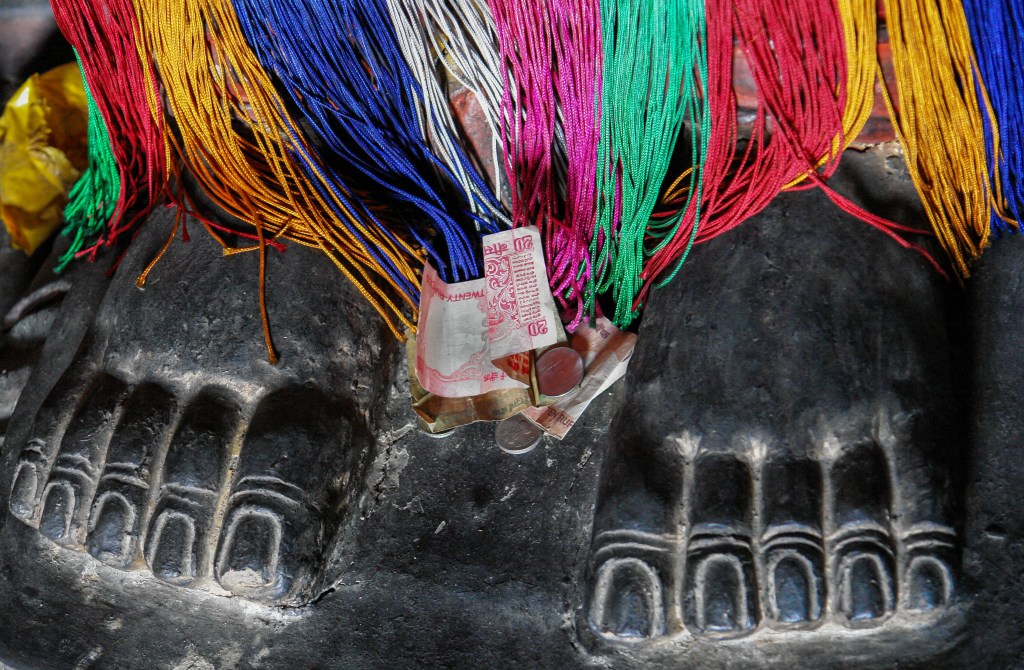
Thiksey Monastery 2008
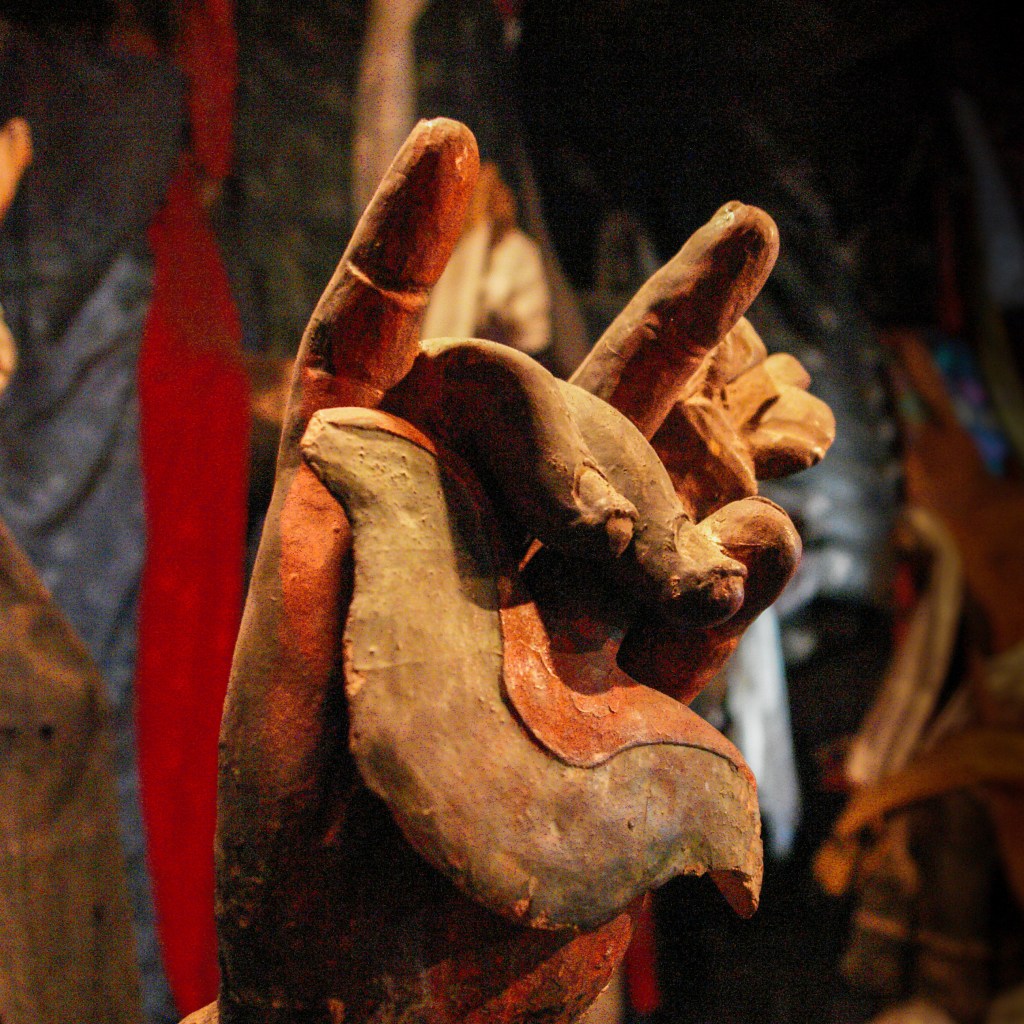
Thiksey Monastery, 2008
There was so much to see in the various gompas, and most of it did not stick to my poor brain. Thupten was a patient teacher, but most of the explanations were lost on me. I imagine that if I spoke the language and had a lifetime to study, it could eventually make sense .
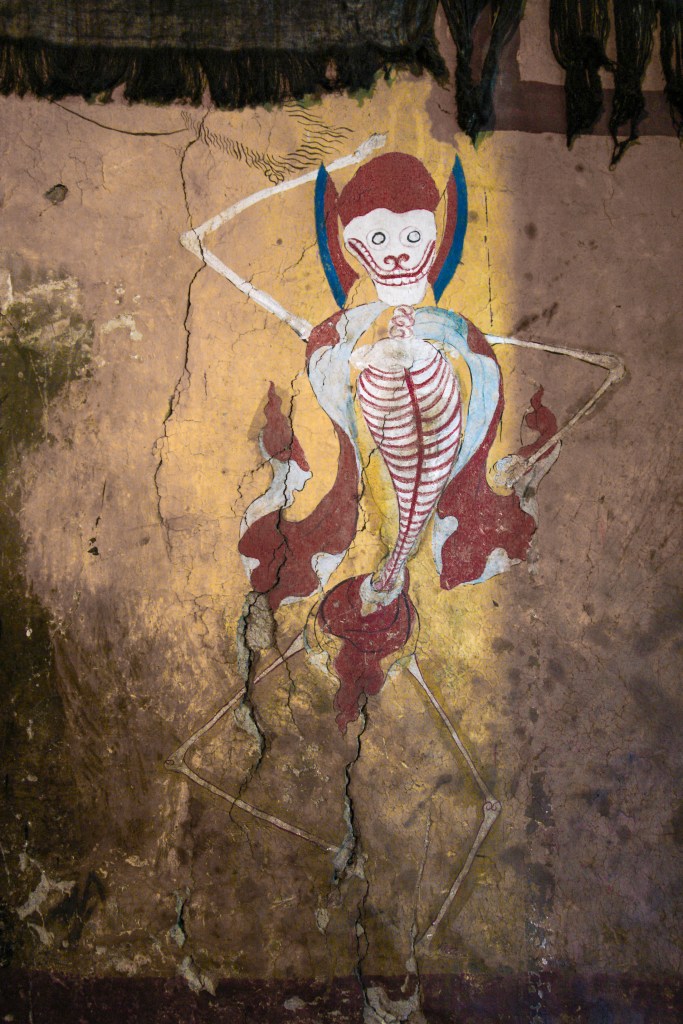
Life is finite. Thiksey Monastery, 2008

View from Thupten’s house near Leh
MY ADVENTURES IN LADAKH
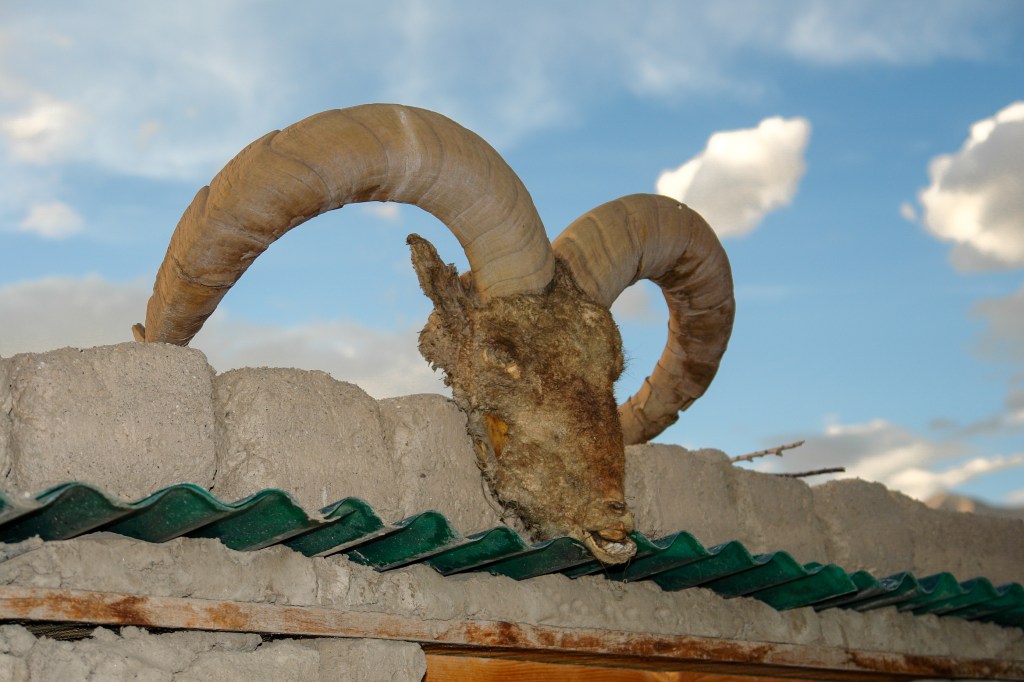
I recently started following the adventures of ITCHY BOOTS aka Noraly Schoenmaker on YouTube after a friend told me that Noraly was riding a motorcycle on the high mountain roads of Ladakh. My adventures in the Himalayan mountains took place in 2008, and I too traveled on those roads.
I am reworking many of the photographs that I made fifteen years ago. It is interesting to see the changes to Ladakh over these past fifteen years. I think that I was very fortunate to have visited there when I did. Here are some views from my first couple of days there at Thupten’s home near Leh.

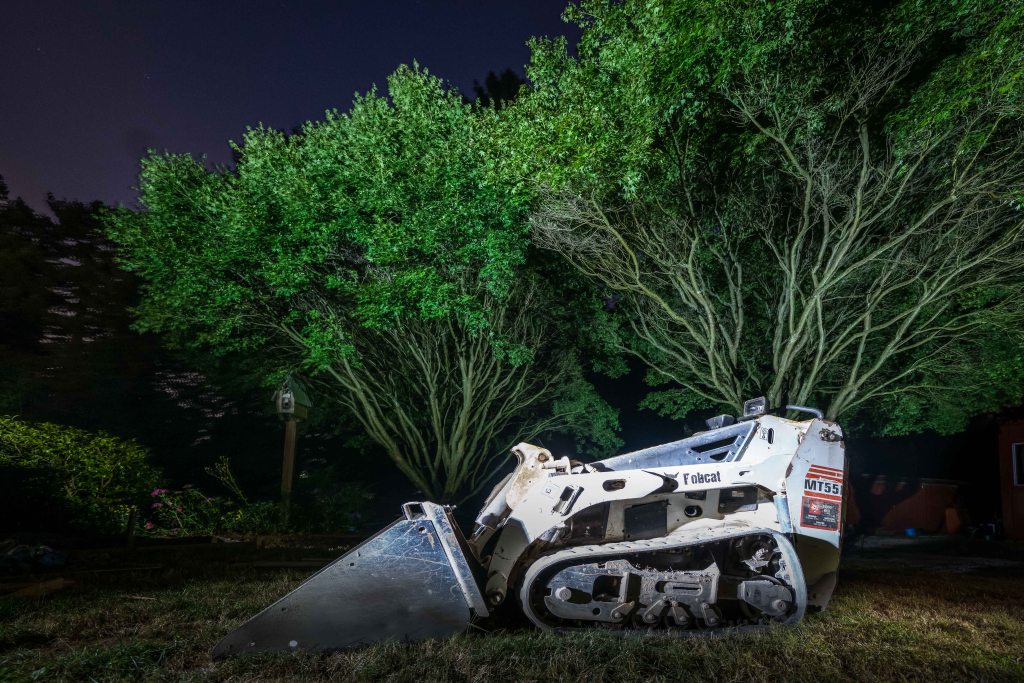

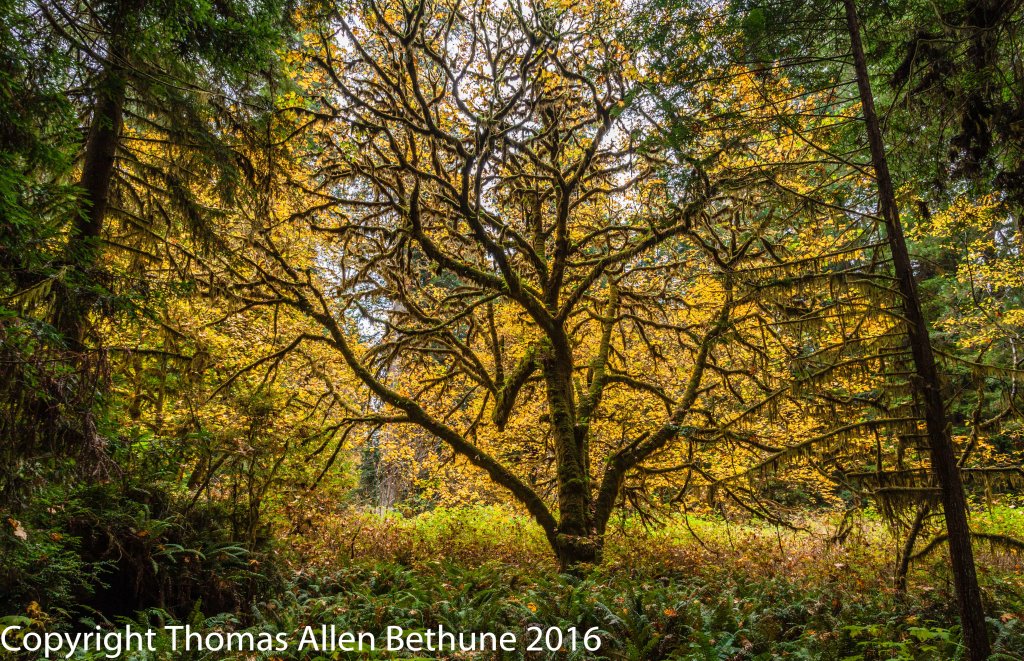


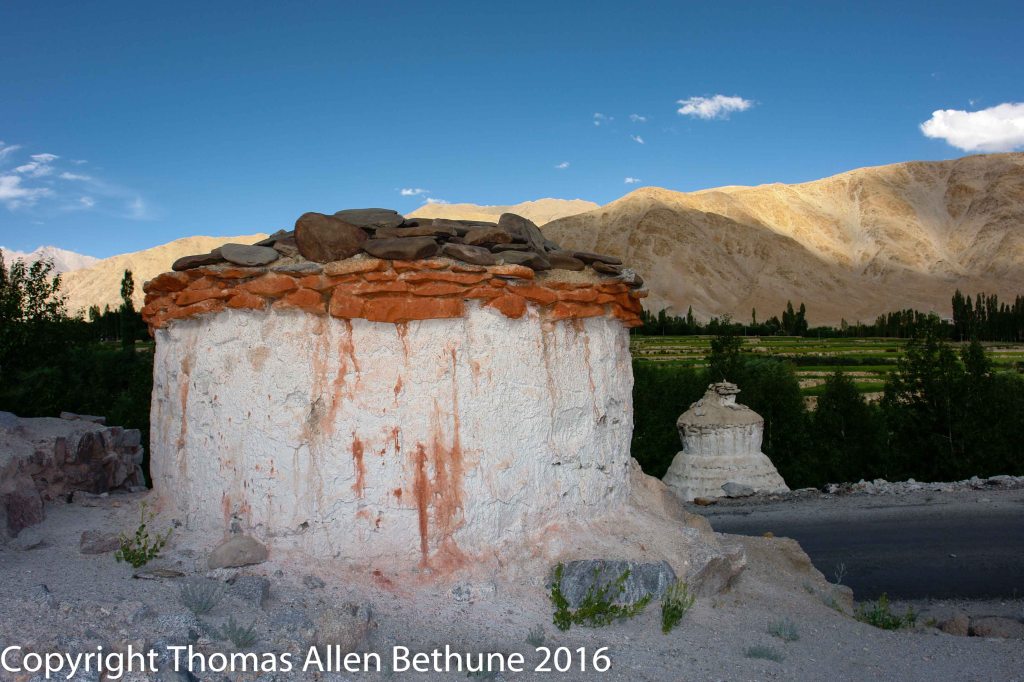

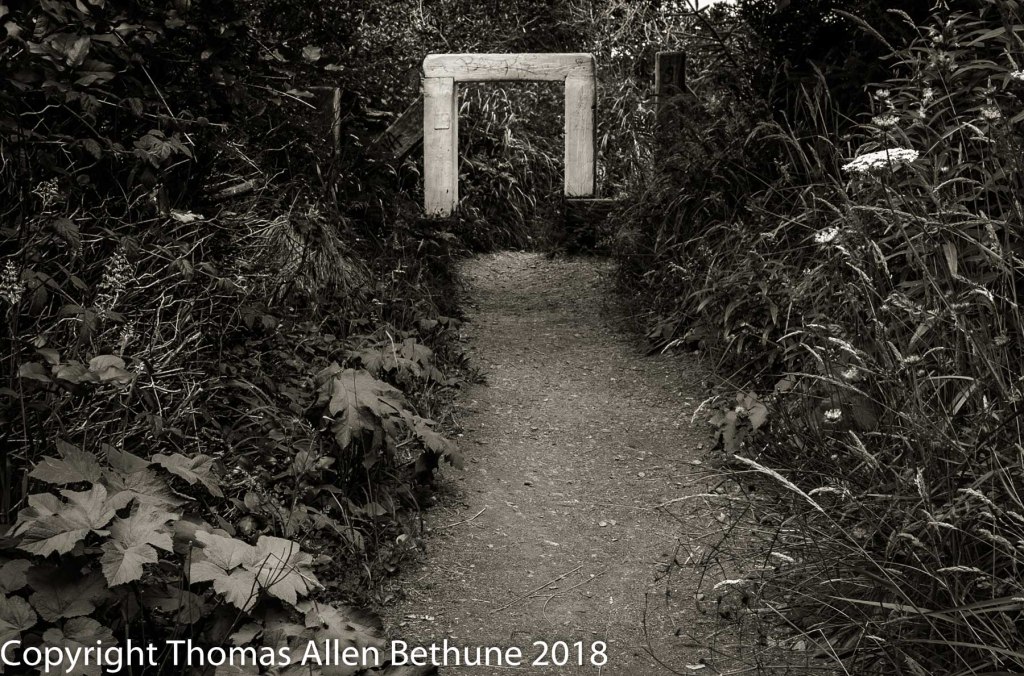
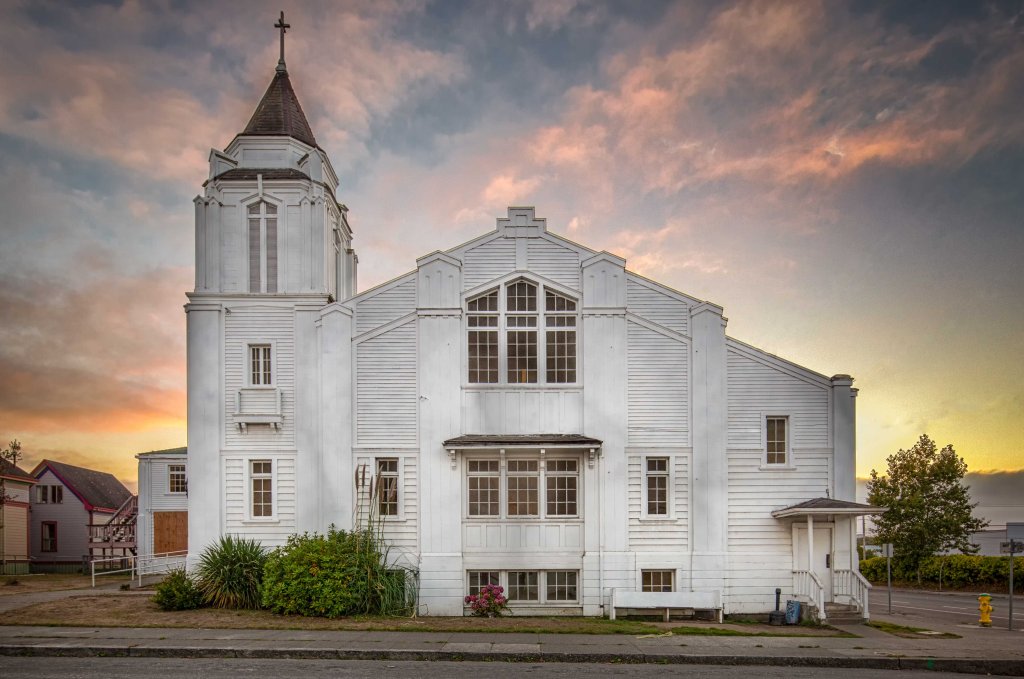
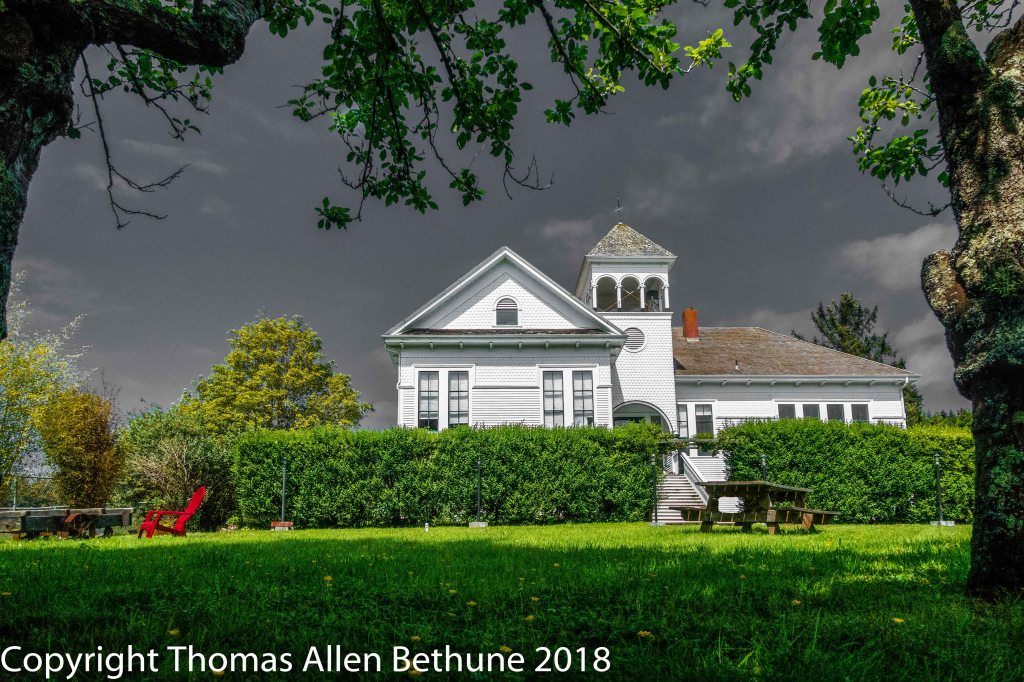


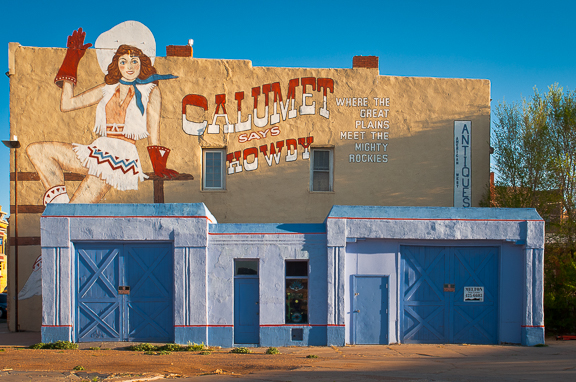




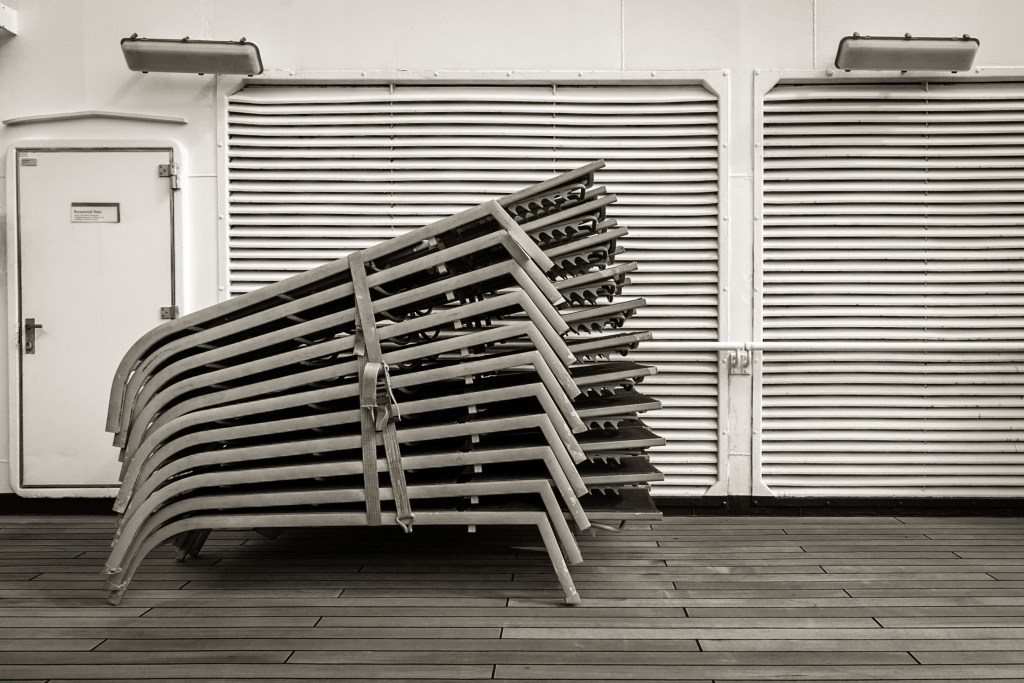
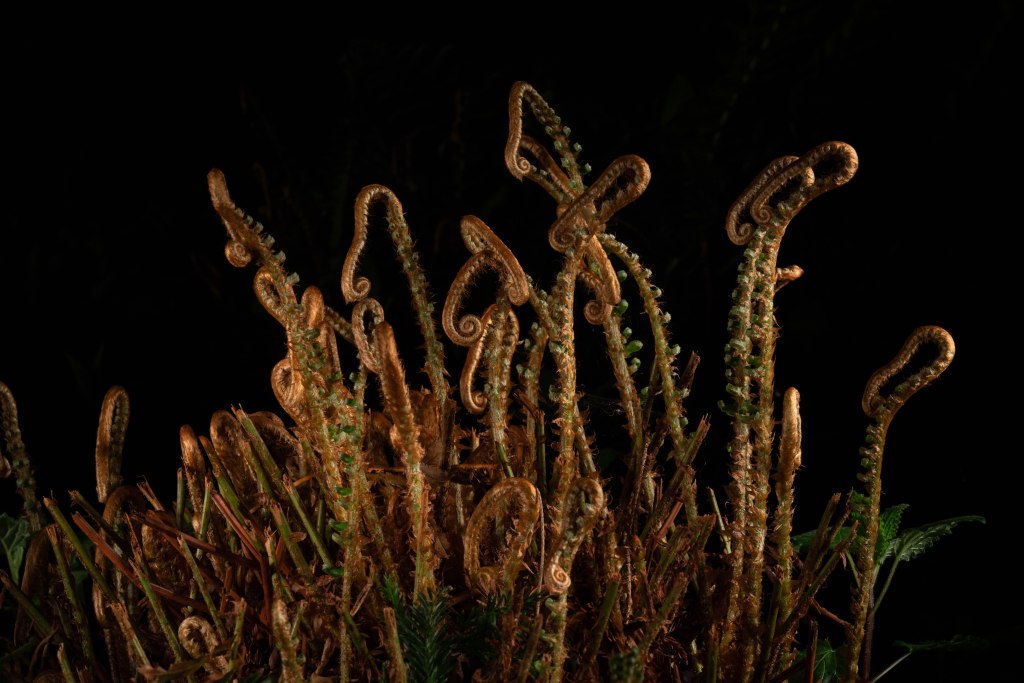



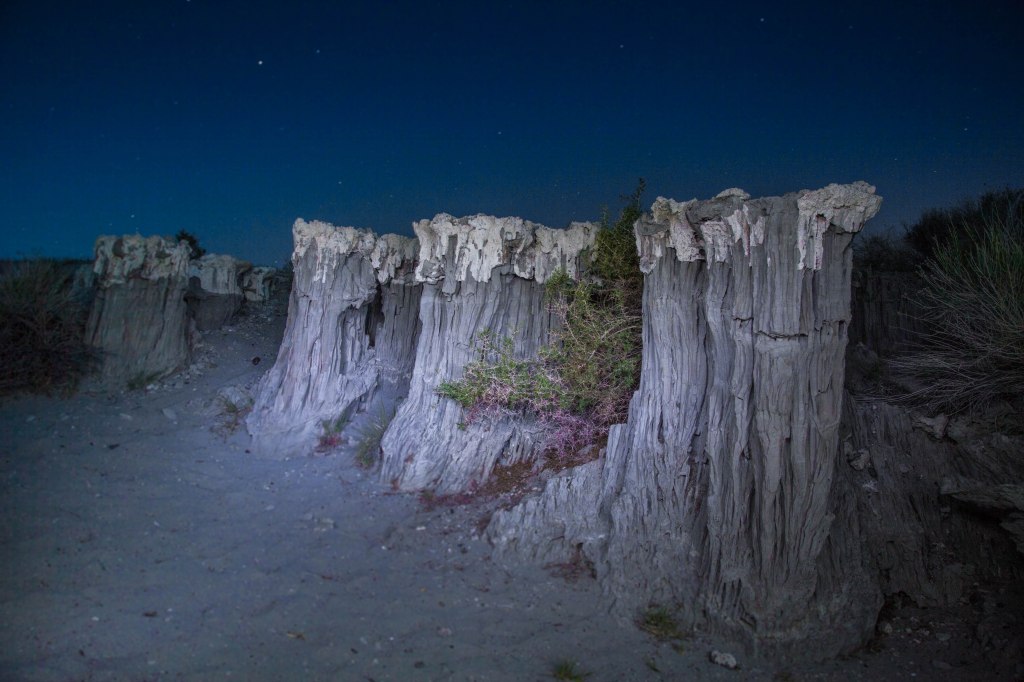
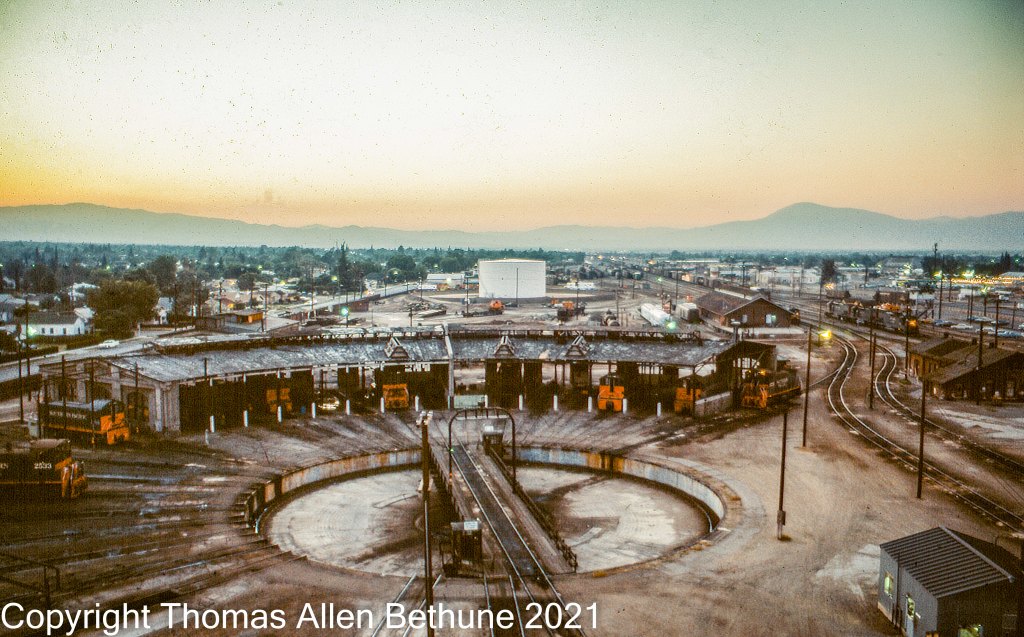


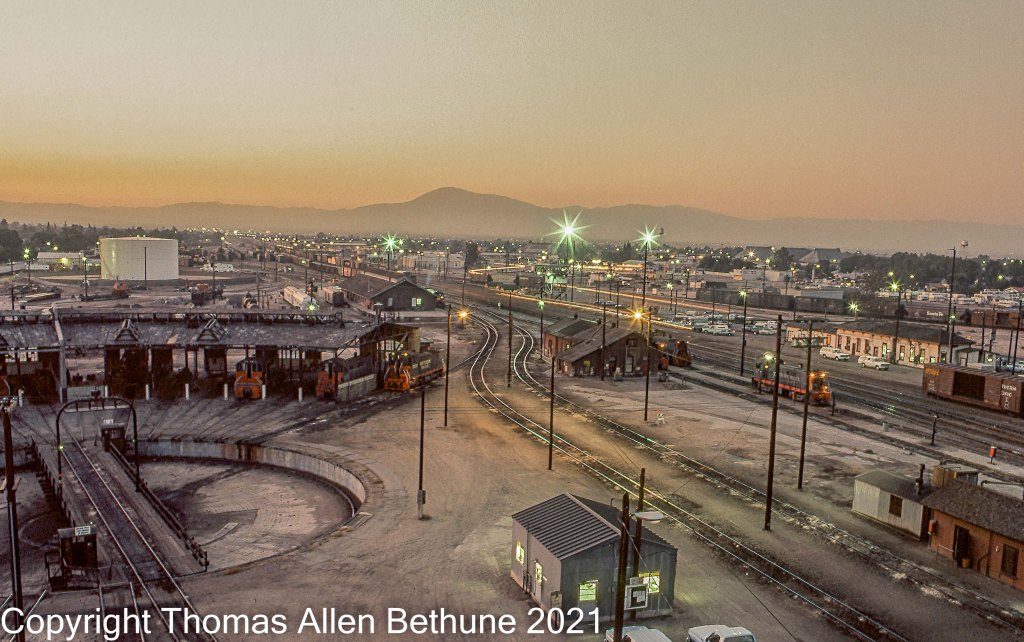
California weather and climate perspectives
Welcome
Save KHSU
Street Photography | Landschaftsbilder | Momentaufnahmen
Image your Life
A Journal of my Story Through my Photography
Living on the Edge of the Wild
Images mostly in and around Humboldt County, CA
"I AM"- are the two most powerful words in the dictionary because the ending determines your destiny....so join me in my fight against PD to make sure that everyone who suffers from this chronic progressive degenerative disease can develop the courage to shout to the wind- I AM Fierce and Courageous ....
Photography and Photo Manipulation
Adventures in Humboldts remote places
Photographs
Beauty surrounds us everyday.